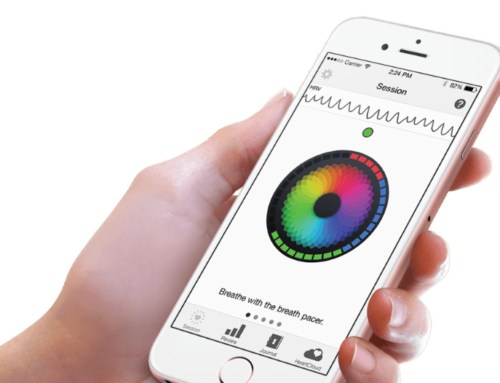 “I’m just trying to be healthy.”
“I’m just trying to be healthy.”
“I like eating alone instead”
“How many calories are in what you just cooked?”
These are the types of statements that can cause alarm among parents, and lead them to ask the scary and dreaded question – Could my child have an eating disorder?
If this question crosses your mind, recognize first and foremost that you aren’t alone – thousands, if not millions, of parents across the United States are asking the same thing. According to 2011 research, 0.3% of youth have been affected by anorexia, 0.9% by bulimia, and 1.6% by binge eating disorder. Additionally, recent changes to the Diagnostic and Statistical Manual of Mental Disorders, Fifth Edition (DSM-5) have brought more light to Avoidant Restrictive Food Intake Disorder (ARFID), a diagnosis impacting an estimated 3.2% of the general population, including 14 – 22.5% of children in pediatric treatment programs for any type of eating disorder.
Secondly, know that every child and teen present differently in their eating disorder. I often recommend parents think about what is “typical” for their child and how does that compare or contrast to their current behaviors and food choices. This means tuning into potential warning signs through a series of questions:
1). Have your child’s beliefs about food changed? The development of new food judgments, beliefs that foods are “good” vs. “bad,” that natural or organic is the only way to eat or that certain foods will cause harm.
2). Have their habits around food changed? Eating alone, eating out or away from parents/family, hiding food, wanting food to be separate from other family members or doing their own grocery shopping/meal preparation.
3). Is their relationship with food impacting their life? Missing social events heavily focused on food or a meal, social isolation, emotional dysregulation at meals/snacks due to taste/texture/brand of foods or lack of access to their “choice” foods.
4). Has their mood changed? Increased tearfulness, more reactive, fighting with parents and siblings, increased anxiety or depression.
The answers to these questions, along with changes in weight, unstable vital signs and/or abnormal labs, are all potential indicators that your child or adolescent may need eating disorder treatment.
It’s best to take action early and consult with a trained eating disorder professional to create a treatment plan that gives you, your child and your family the best chance at a full recovery. Early detection and intervention are critical. Research indicates that two-thirds of children and adolescents who receive treatment within three years or less from diagnosis were medically recovered one year after follow-up. Another study revealed 75-90% of adolescents with an eating disorder achieved full weight restoration within a year.
Hopefully, this blog either helps ease your concerns, or provides a roadmap for next steps. If you’d like to discuss your child’s situation in more depth, we are here to help you.
####
Joanna Imse, LICSW is the Assistant Program Director of Walden’s Amherst, Mass clinic. In this role she oversees the day-to-day care of adults and adolescents in the partial hospitalization and intensive outpatient programs. She works closely with staff, providers, families and clients to help foster a recovery-focused environment. Her career at Walden began in 2011 when she served as clinician for adolescent IOP in Waltham. Prior to her current role, Joanna spent time as a clinician in Waltham, Worcester, Braintree and Peabody sites. She received her masters of social work at Salem State University in 2007.






